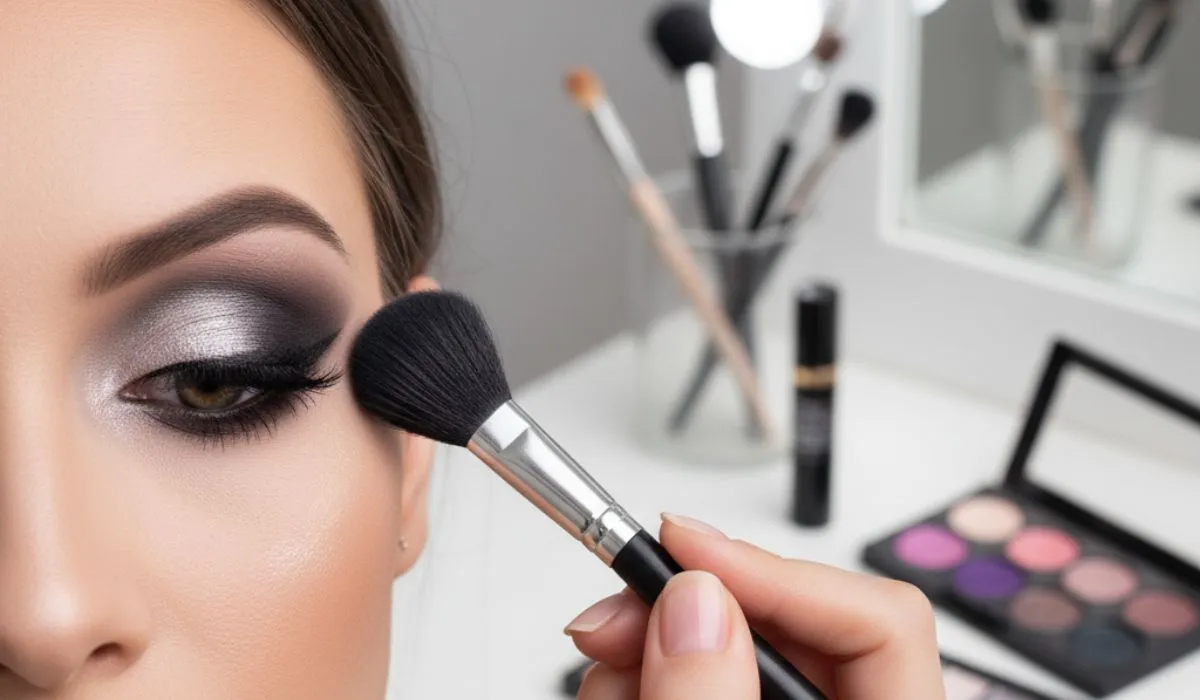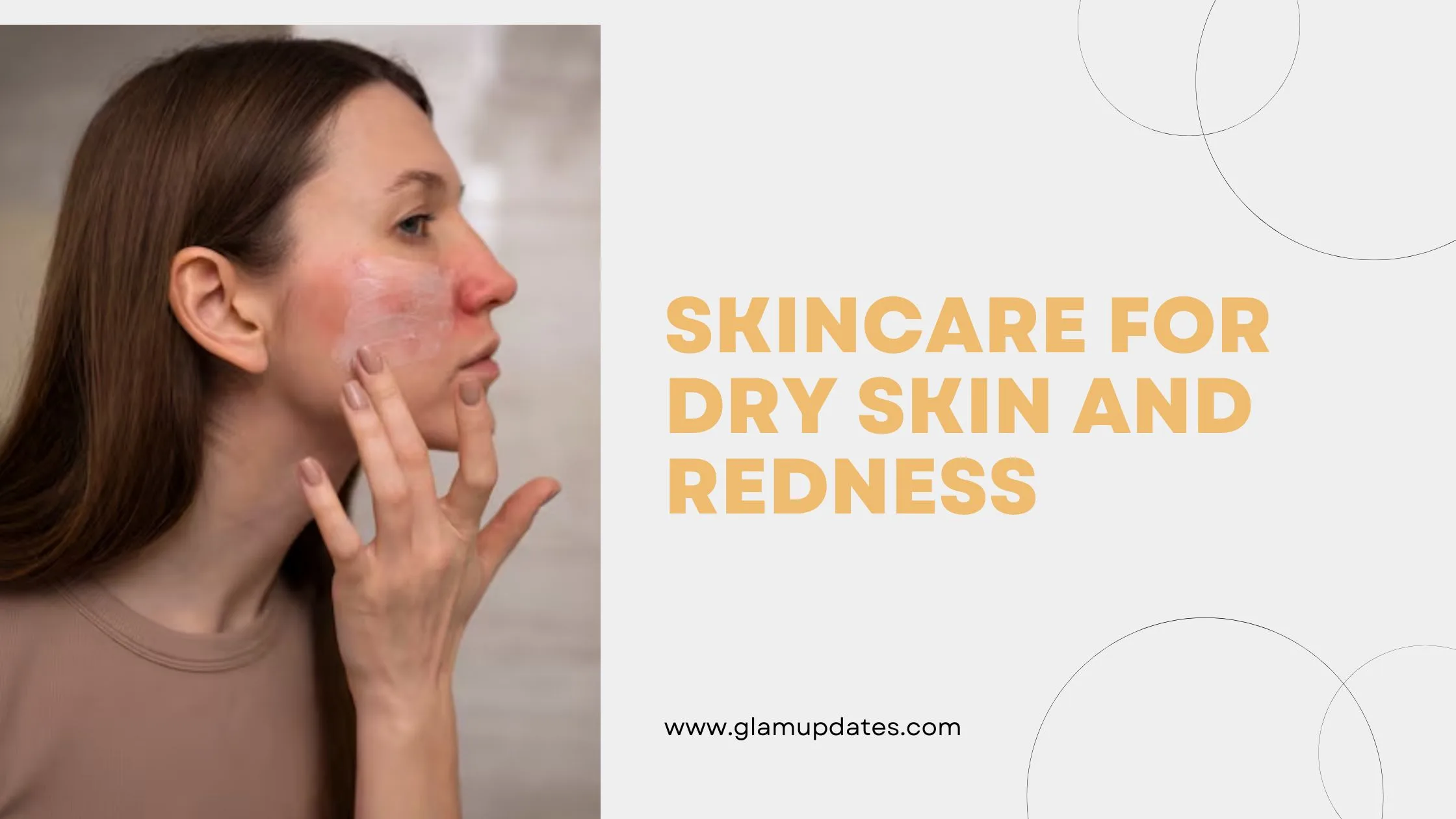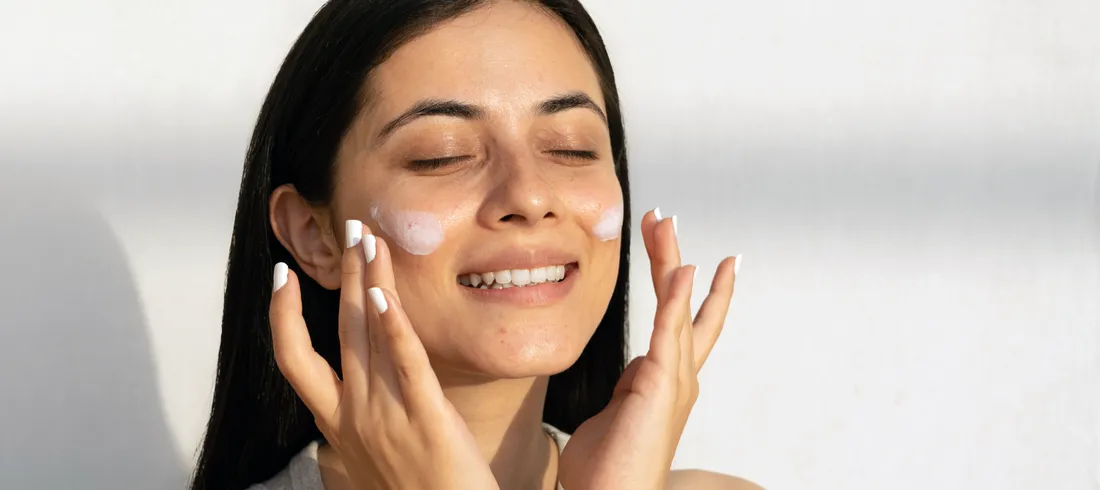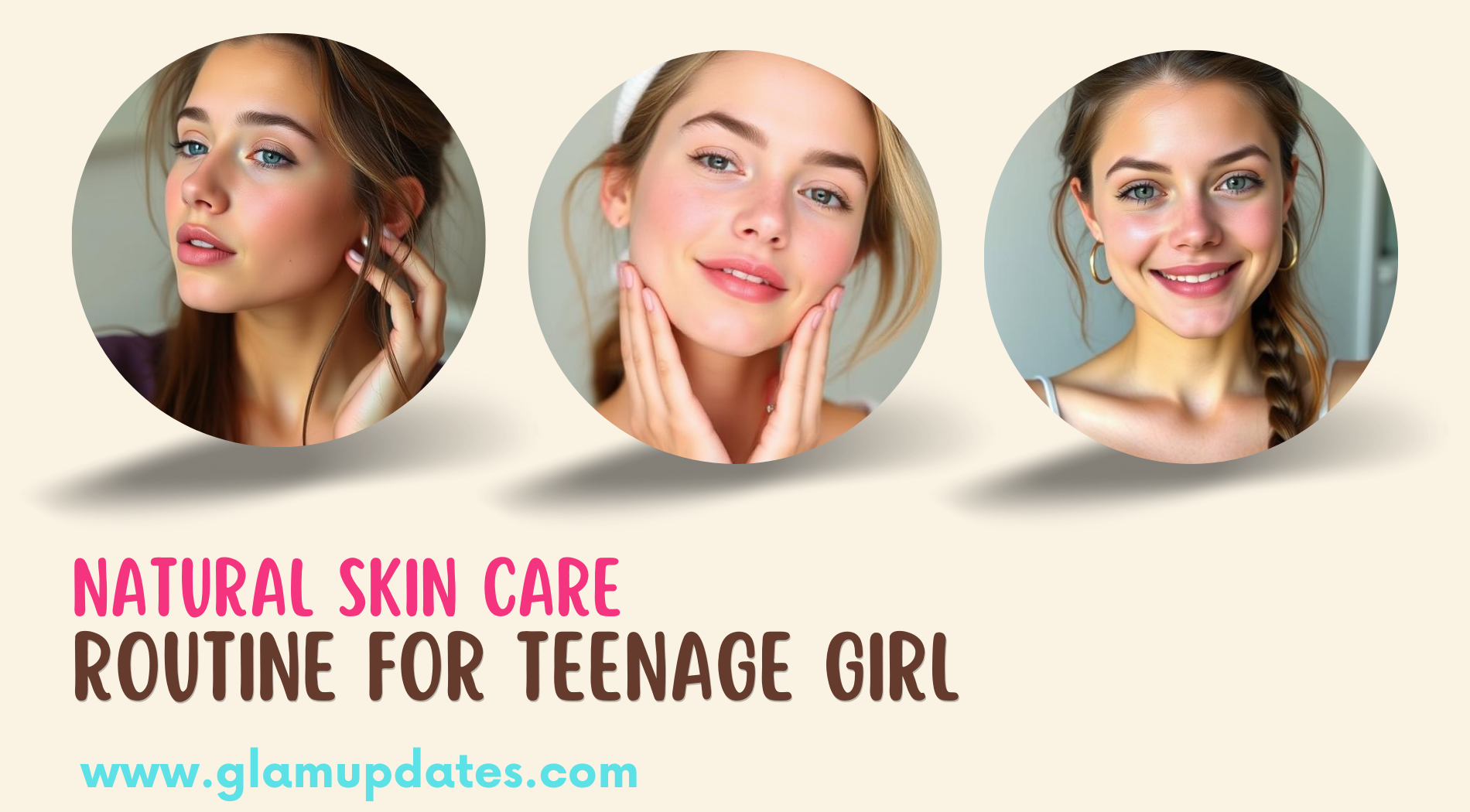A Comprehensive Guide to Skin Conditions for People
As we age, our persons start vicarial in variegated ways. In some cases, less efficiently in a number of areas, one of which is the skin! Which ways that if you’re 65 and over, you may wits skin conditions not present or increasingly frequent than in your younger years.
Here to help us understand what you may need to alimony a closer eye on is Dr. Shannon McKeen, Medical Director for Apex Dermatology, and practicing dermatologist in our Cuyahoga Falls office.
Actinic Keratoses (AKs)
Some skin conditions you may once have ignored with the hopes of them healing on their own may be increasingly rabble-rousing than expected as you age. One of those happens to be synthetical keratoses.
What are AKs?
Actinic keratoses (AKs) are precancerous growths on the skin. They are caused by sun forfeiture to the skin over a person’s lifetime. AKs have the potential to develop into a squamous lamina carcinoma.
“More than 40 million Americans develop AKs each year. AKs present as dry, rough, scaly (sandpaper-like) patches on the skin. They can be pink, red, white, flesh-colored or brown.”
Where are you most likely to see them?
“AKs are most wontedly found on sun-exposed areas, such as the face, ears, scalp, chest, and tops of hands. However they can be seen anywhere on the skin.”
This is why it’s important to have your skin checked at least once a year, in specimen they towards in areas you’re not expecting.
How are AKs treated?
“There are many therapeutic options for AKs including cryotherapy (liquid nitrogen), topical chemotherapy creams (5-FU, imiquimod, diclofenac), photodynamic therapy, chemical peels, laser resurfacing, and curettage. Depending on the number of AKs you have, the thickness of the lesions, the sites involved and other factors, your Dermatologist will formulate a treatment plan for you.”
Skin Cancer
:max_bytes(150000):strip_icc()/GettyImages-157144963-2000-64093d43108e4bfcaf4b377ac87f5f6a.jpg)
This is flipside worldwide skin condition found in many people over a unrepealable age. The older we are, the longer our skin has been impacted by environmental factors like the sun, increasing the risks of skin cancers.
Let’s unravel them down, withal with the differences in the types and how to treat them.
Why does skin cancer happen increasingly often as we age?
Skin cancer is most wontedly seen in patients 50 years of age and older. However, we are recently seeing a rising rate of skin cancers in individuals younger than 50 years of age.
“When UV light hits our skin, it can forfeiture the keratinocytes (outermost layer of the skin). Over time and repeat exposures, the forfeiture builds up causing mutations in the cells to develop, leading to precancerous lesions or skin cancer. Therefore, with time and cumulative sun exposure, rates of these lesions rise as we age.”
Basal Lamina Carcinoma
Let’s swoop into the variegated types of skin cancer, their severity, and what you can do to prevent and plane treat them.
How worldwide is undermost cell?
Basal lamina carcinoma (BCC) is the most worldwide form of skin cancer. An unscientific 3.6 million cases of BCC are diagnosed in the United States each year.
Where are you most likely to see them?
“Basal lamina carcinoma most wontedly presents on sun-exposed skin, such as the face, neck, chest, forearms, and shins. However, BCC can present anywhere on the body.”
What do they squint like?
A undermost lamina carcinoma can present in a variety of ways. BCC can squint like a pink bump, a pink to red scaly patch, scab or sore that does not heal, or a white spot or scar-like lesion.”
If you have any zone of concern, it is weightier to have the lesion evaluated by your Dermatologist.
How are they treated?
Treatment of BCC depends on the size, location, and pathological subtype of the lesion. Surgical options include Mohs micrographic surgery (highest cure rate), wide local excision or electrodessication and curettage. Non-surgical options include radiation therapy, cryotherapy, or topical chemotherapy creams.
Squamous Lamina Carcinoma
This skin cancer is what we consider #2 of the big three we’re covering.
How worldwide is squamous lamina carcinoma?
Squamous lamina carcinoma (SCC) is the second most worldwide form of skin cancer. Approximately 1.8 million cases of SCC are diagnosed in the United States annually.
Where are you most likely to see them?
“SCC most wontedly occurs in upper sun-exposed areas of the skin, such as face, scalp, ears, and hands. However, SCC can occur anywhere on the body, expressly in patients with a history of immunosuppression.”
What do they squint like?
Squamous lamina carcinomas can have a variety of presentations including a red rough scaly patch, unshut sores that do not heal, tender red tumor on the surface of the skin, or a warty or horn-shaped growth.
How are they treated?
Treatment of SCC depends on the size, location and pathological subtype of the lesion.
“Surgical options include Mohs micrographic surgery (highest cure rate), wide local excision or electrodessication, and curettage. Non-surgical options include radiation therapy, cryotherapy, or topical chemotherapy creams.”
Melanoma
When you think of mortiferous skin cancer, this is likely the one you think of most often, since Melanoma is the most dangerous of skin cancers.
How worldwide is melanoma?
“According to the Skin Cancer Foundation, it is unscientific that 186,680 cases of melanoma will be diagnosed in the U.S. in 2023.”
What does melanoma squint like?
“We counsel patients to squint for the ABCDE’s of melanoma. If any of the pursuit upspring in your moles, that should prompt patients to undeniability their Dermatologist for evaluation.”
- Asymmetry: when one half of the lesion does not squint like the other half
- Borders: irregular confines or jagged edges of the mole
- Color: multiple colors within the same mole or the pigment is not uniform
- Diameter: larger than 6mm (pencil eraser) is a concerning feature, however some melanomas can be smaller
- Evolving: any transpiration in size, shape, visitation or symptoms of a mole over time
If you notice any of these signs, schedule a skin check to reservation this skin cancer early.
Where are you most likely to get melanoma?
“Melanoma can occur on either sunexposed or sun-protected skin. In women, melanomas occur most wontedly on the legs. In men, melanomas occur most wontedly on the trunk.”
How is melanoma treated?
Treatment of melanoma depends on the depth of the melanoma in the skin and whether it has spread to other areas of the body.
“Melanomas are wontedly treated by surgical excision. Some melanomas require a lymph node biopsy. If the melanoma is deep in the skin or has spread to other areas of the body, the patient may need treatment with chemotherapy, immunotherapy, or radiation.”
What can I do to prevent skin cancer at my age?
Sun forfeiture is cumulative over your lifetime. We cannot go when and undo the UV forfeiture that has occurred in the past, but it is important to be diligent well-nigh our sun protection moving forward.
Here are some steps you can take:
-
- Wear sun protective clothing: broad-brimmed hat, sunglasses with UV protection, suit with ultraviolet protection factor (UPF).
- Wear sunscreen daily (even on cloudy days) and re-apply every two hours: sunscreens should SPF 30 or whilom and broad-spectrum
- Seek shade when able: the sun’s rays are strongest between 10 a.m. and 2 p.m.
- Be cautious of reflective surfaces: Use uneaten circumspection near water, snow, and sand considering the reflection can rationalization sunburns
- Avoid tanning beds
- Skin exams: Perform routine self-skin exams and get an yearly (unless instructed increasingly frequently) skin trammels with a dermatologist
Other Worldwide Skin Conditions as We Age
Let’s take a squint at a few increasingly worldwide skin conditions most people will squatter as they age.
Seborrheic Keratoses
What are seborrheic keratoses?
Seborrheic Keratoses (SKs) are common, healthful growths. They present as well-demarcated waxy or flaky plaques that can be white, tan, or brown in appearance. These lesions present in mid-adulthood and increase in number with age.
Are they dangerous?
“Although the visitation of SKs can sometimes be concerning to patients, they are not dangerous. However, considering they are raised off the skin, SKs can wilt a source of itching or irritation to the patient.”
How can they be removed?
Seborrheic keratoses can be removed by cryotherapy (liquid nitrogen) or electrocautery.
Cherry Angioma
What is a cherry angioma?
Cherry angiomas are healthful vascular proliferations which are wontedly seen on the trunk and upper arms. They towards as unexceptionable red to purple smooth, dome-shaped papules.
Is it dangerous?
These lesions are healthful and do not require treatment unless irritated or bleeding.
How can they be removed?
These lesions can be treated with a vascular laser, shave removal, or electrodessication.
Skin tags
What are skin tags?
“Skin tags, moreover known as acrochordons, are worldwide healthful cutaneous growths. They present as flesh-colored to brown, soft papules. These lesions are most wontedly found in areas of friction, such as the neck, axilla, inguinal folds, and eyelids.”
Can they be removed?
Skin tags require no treatment. However, they can be removed hands in the office if either physically or cosmetically bothersome to the patient.
“Treatment options include mechanical snipping, cryotherapy, or electrocautery.”
While all of these skin conditions are worldwide as you age, they can all be treated in order to manage and maintain skin health. Make sure to schedule your appointment to trammels and treat these ailments, and get a full soul skin trammels at least once each year.





.jpg)



